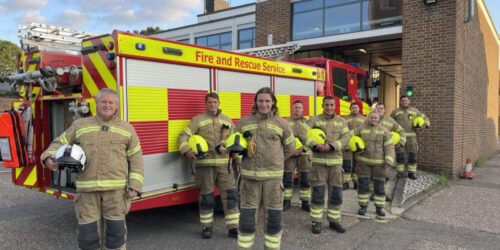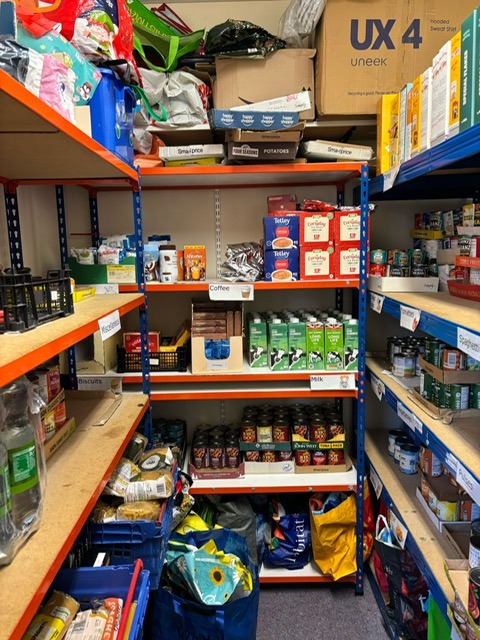After LASER had identified the current position for ECFRS by generating a carbon footprint, a BAU forecast was produced to show the Service what their emissions would look like if no further action was taken. A year-on-year comparison was also undertaken to show the Service how emissions had changed and to understand the drivers behind this, such as changes in consumption and emissions factors.
The forecast identified that emissions associated with gas made up a significant proportion of their carbon footprint. Fuel used for their fleet and emissions associated with electricity were the second and third largest.
LASER then held an Options Appraisal Workshop with ECFRS to review past, current, and proposed projects, and to agree on a set of actions to help reduce emissions, which also took into consideration the nature of the Service and their commitments to the public.
Two pathways were generated for ECFRS to demonstrate how their journey to net zero would look if the agreed upon set of actions were implemented. These pathways helped ECFRS to visualise both the emissions and financial trajectory, and included details of the project investment, ongoing cost, potential savings, and the overall financial impact. The findings were consolidated into a detailed report, which included the key insights and the recommended next steps.
In 2024, the Service returned to LASER for an annual review of their Roadmap to understand how they were progressing on their journey. The above process was carried out, alongside the production of desktop solar designs for 3 of their sites to give an understanding of the potential for installations and the associated carbon savings and financial benefits.






